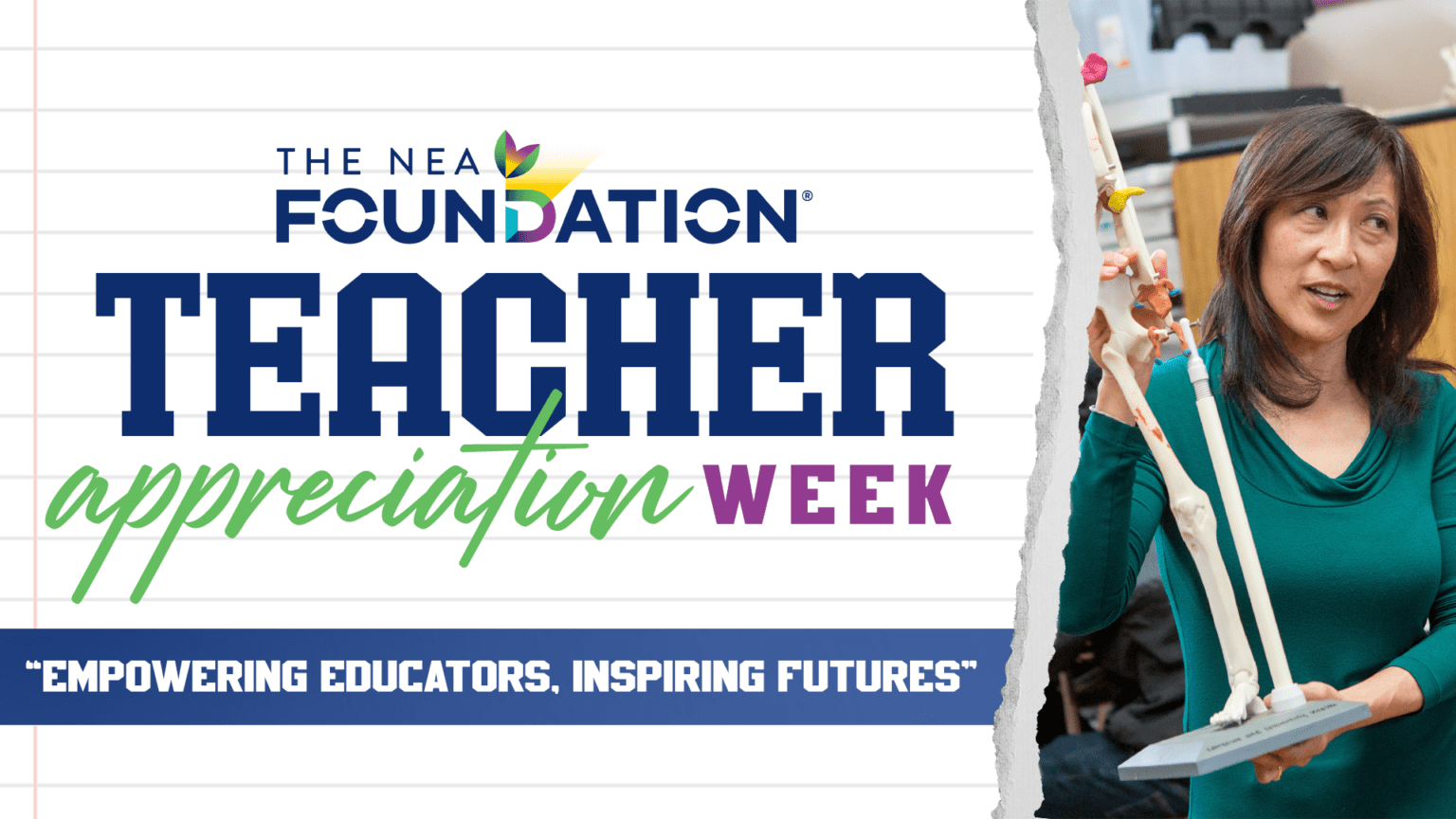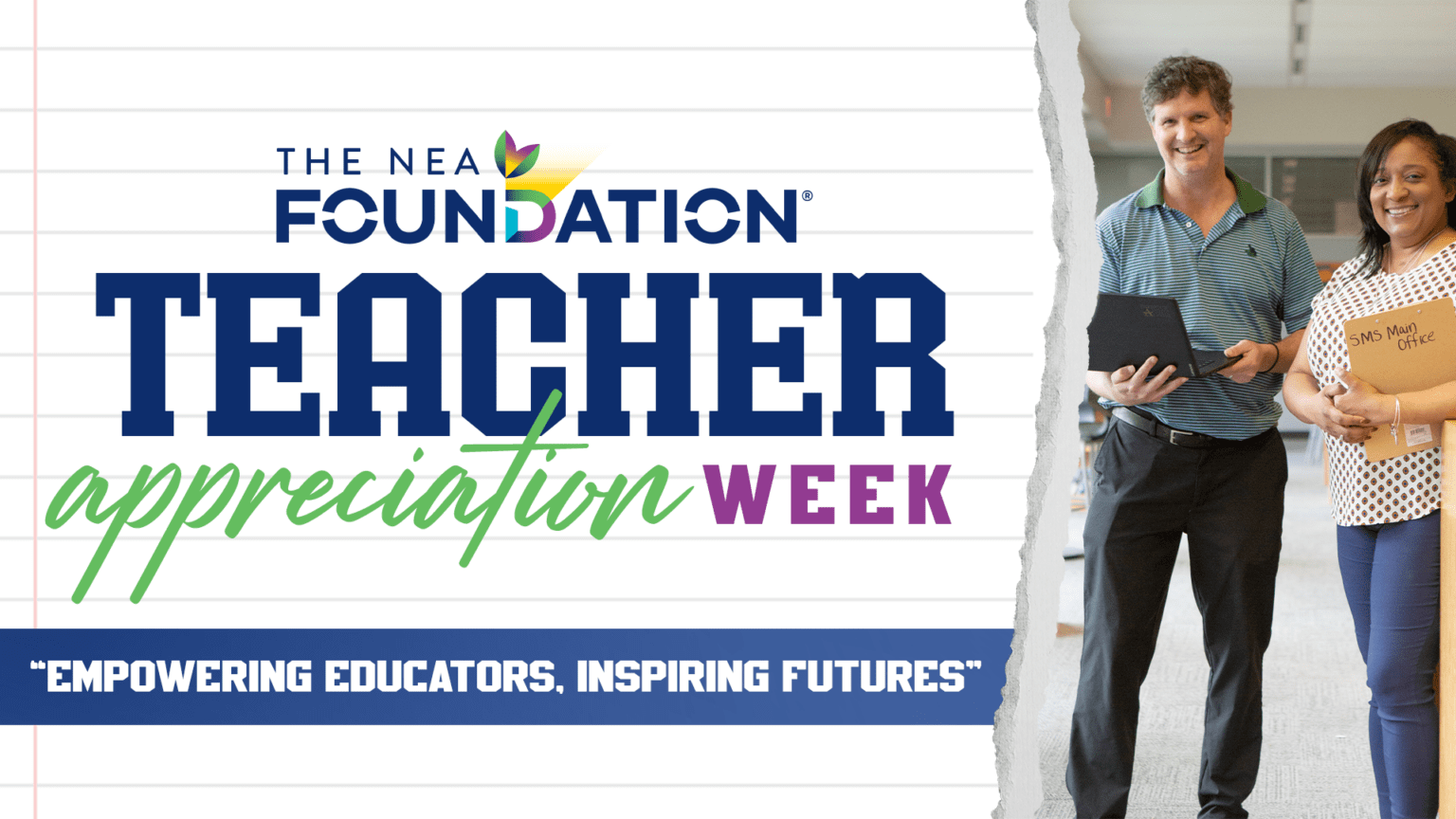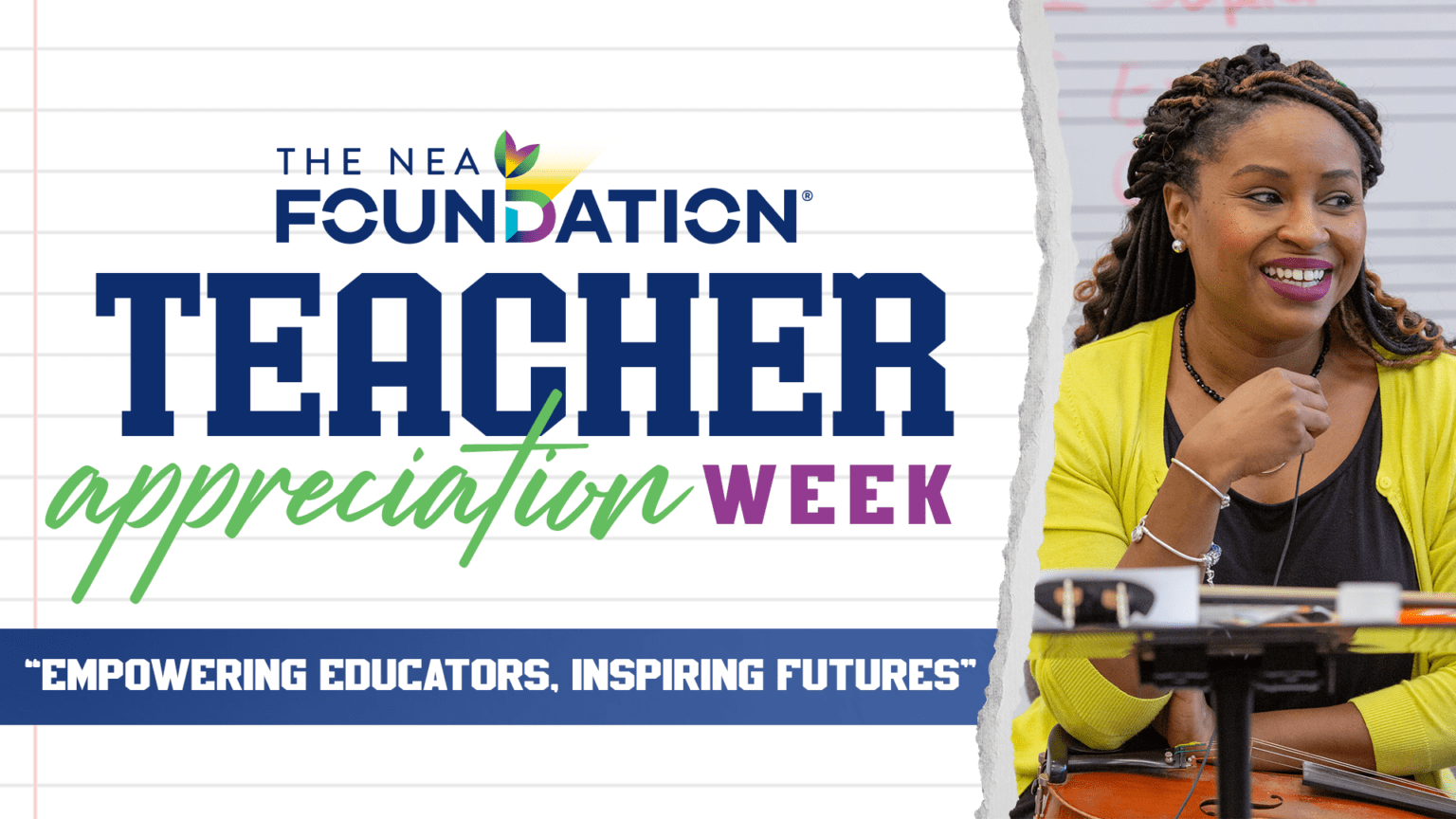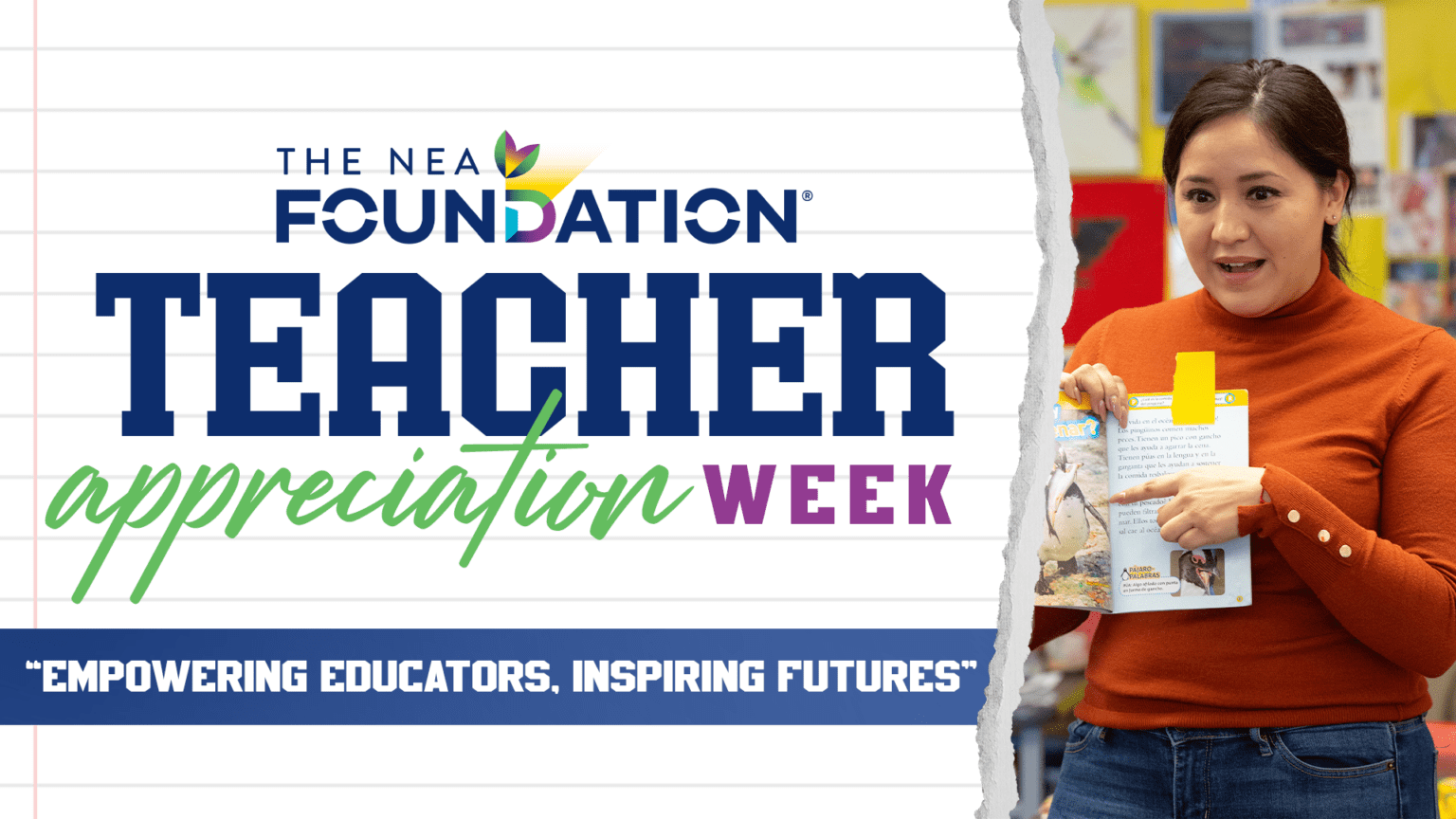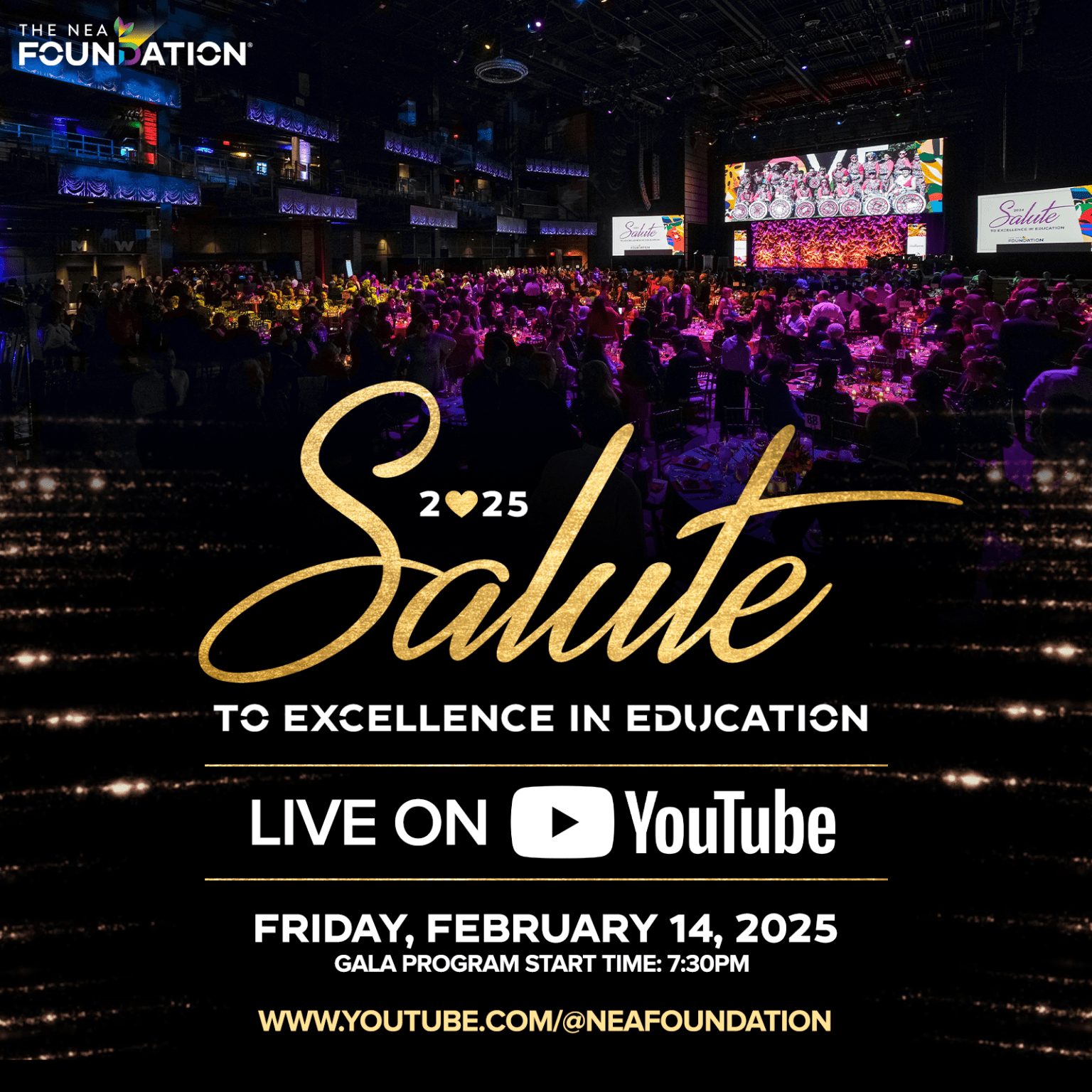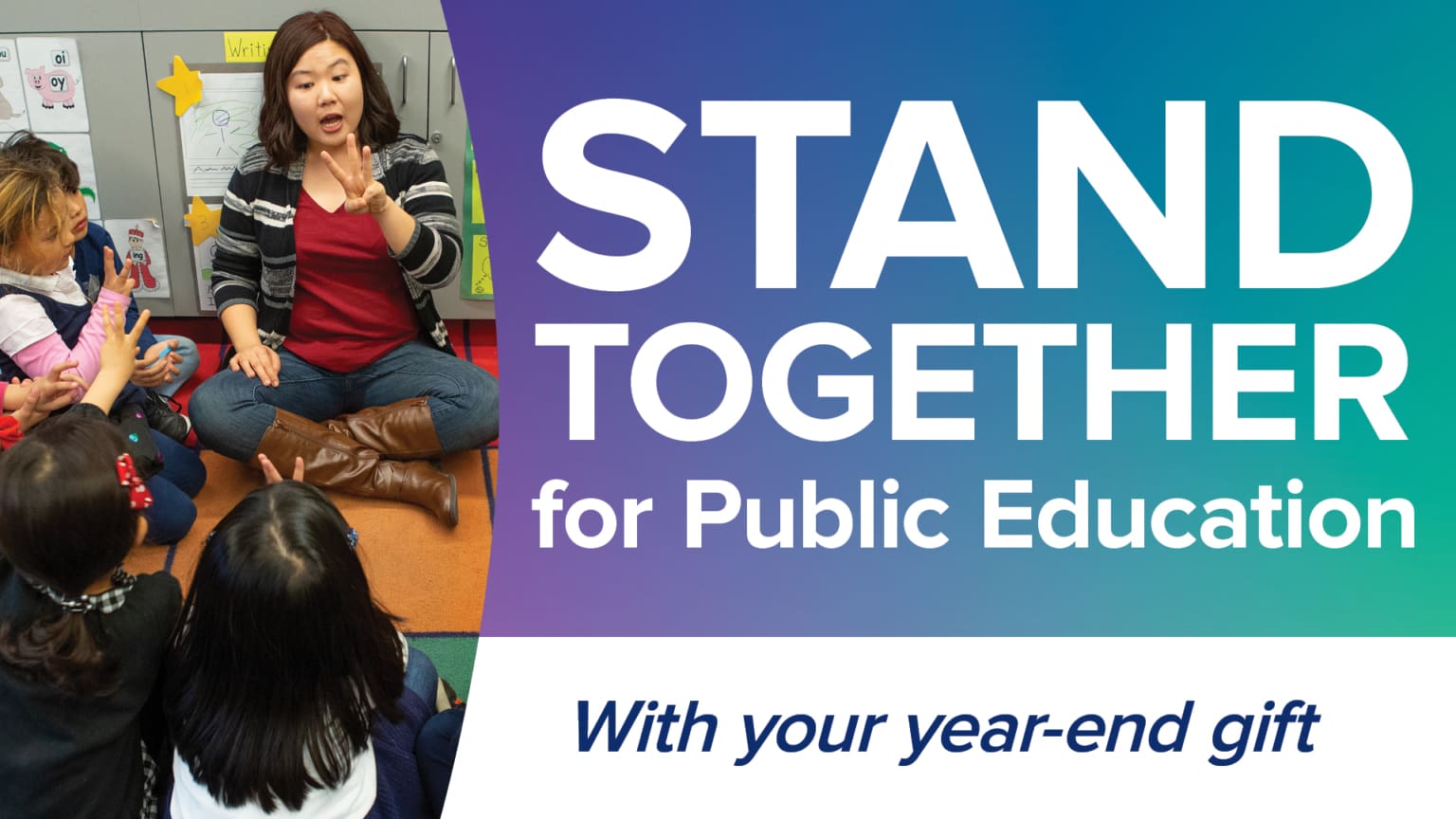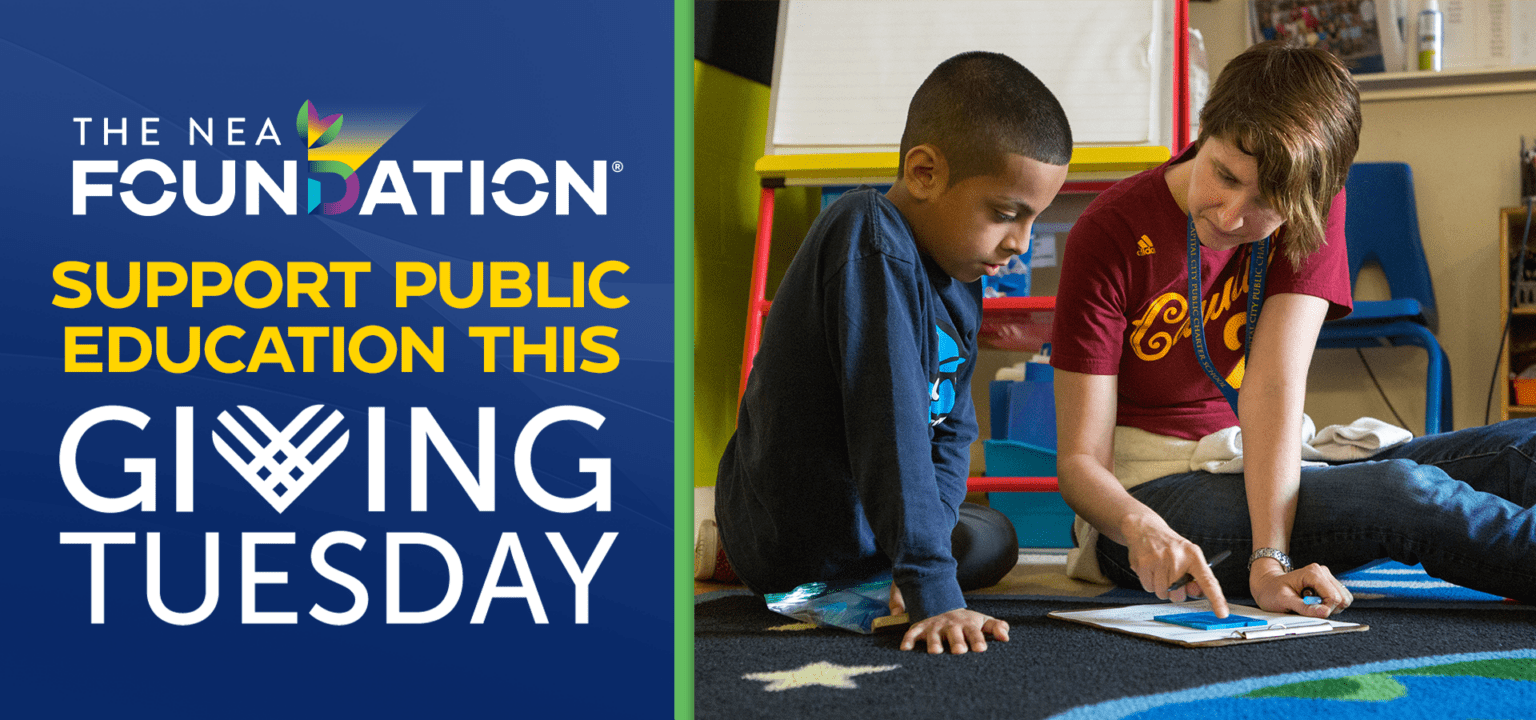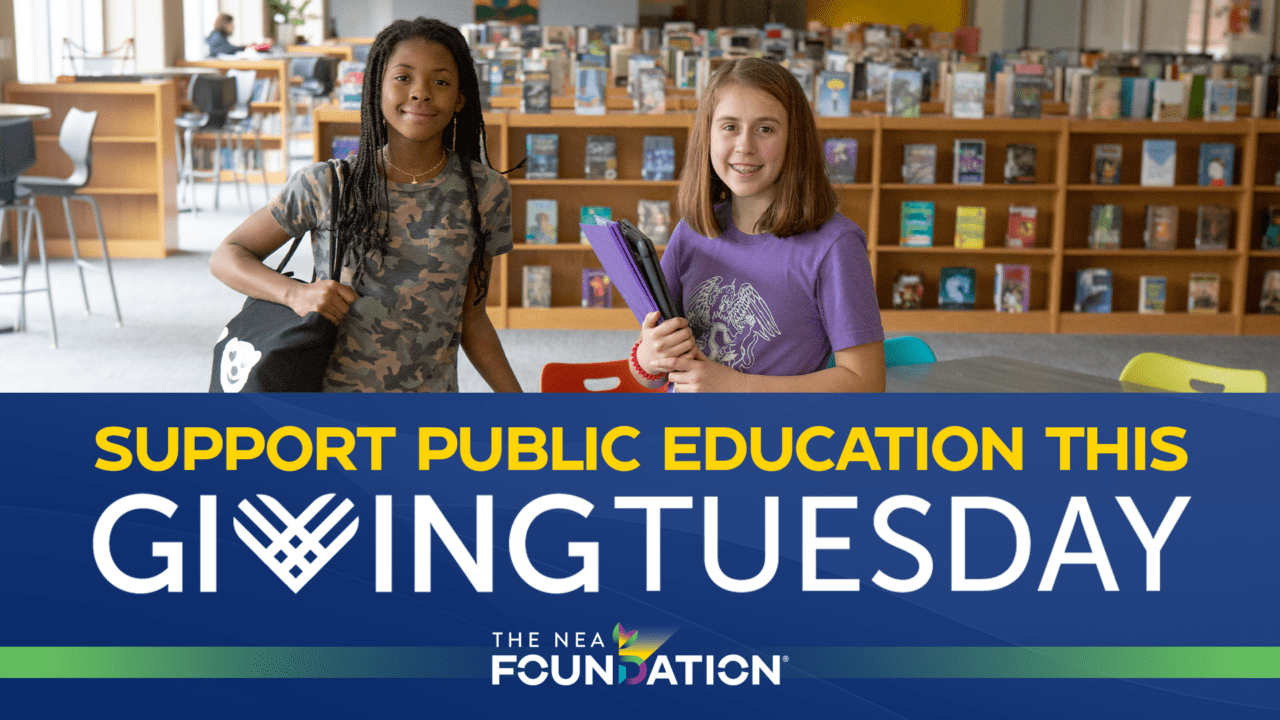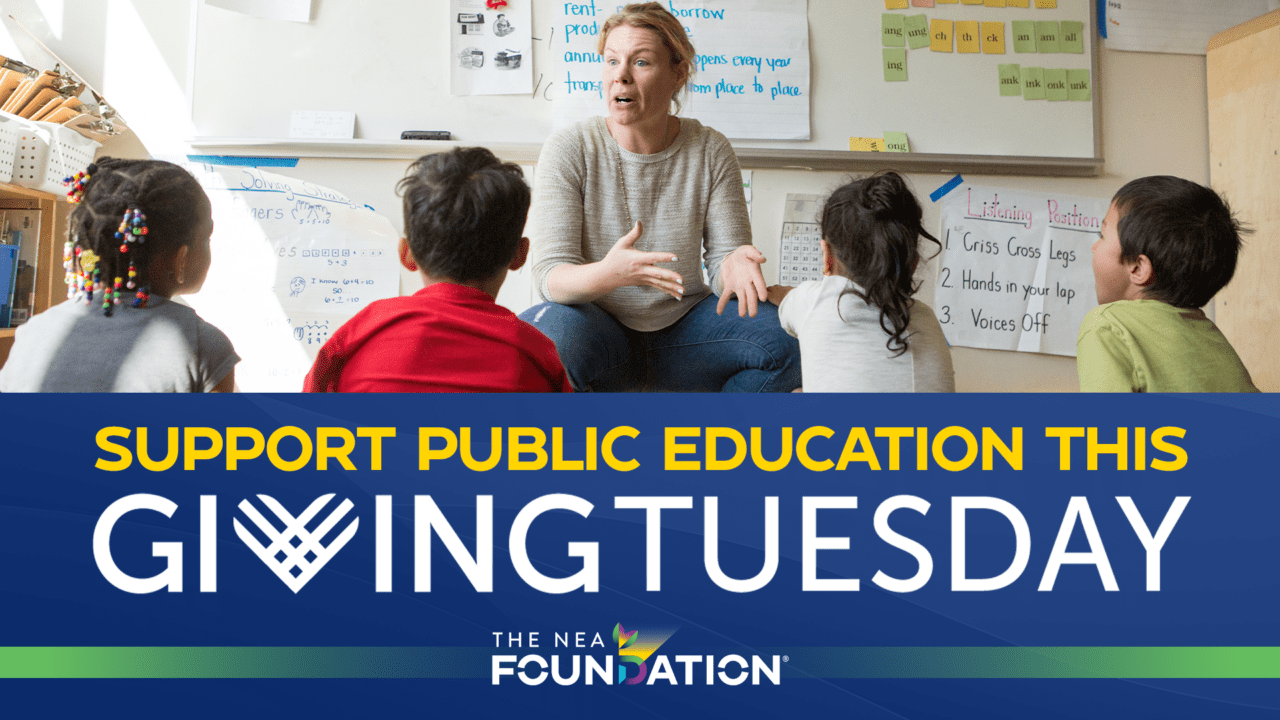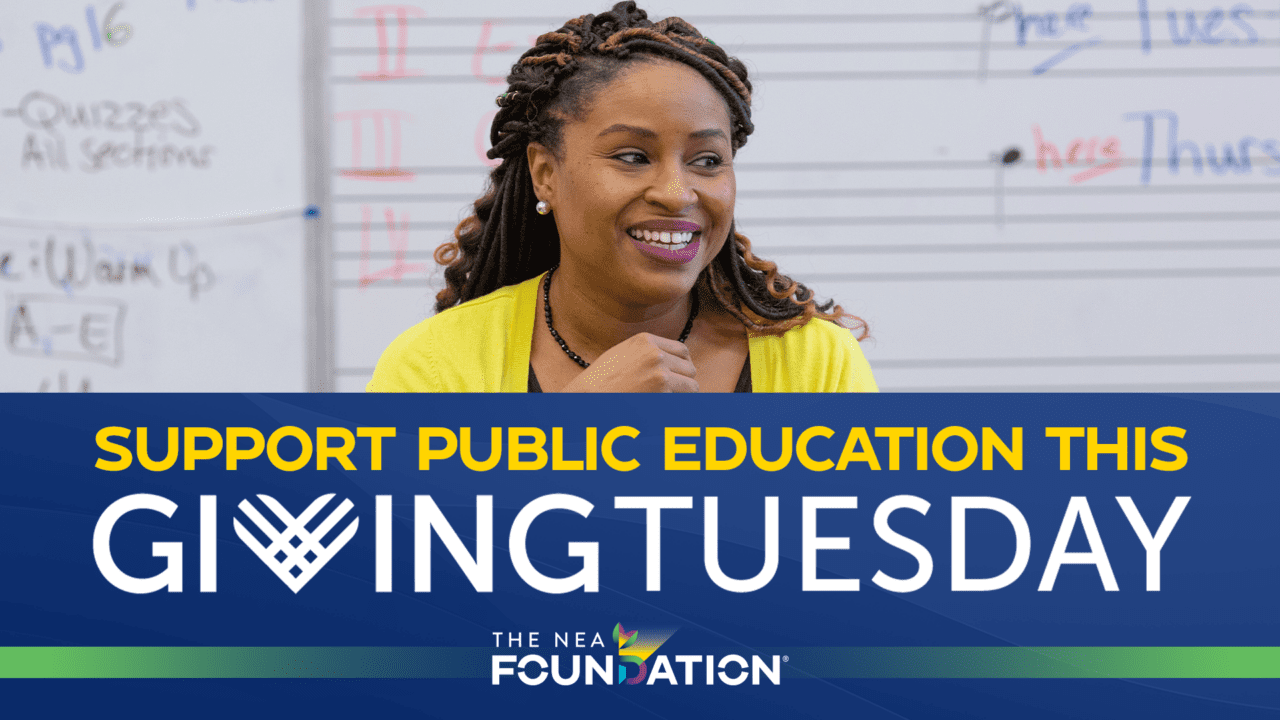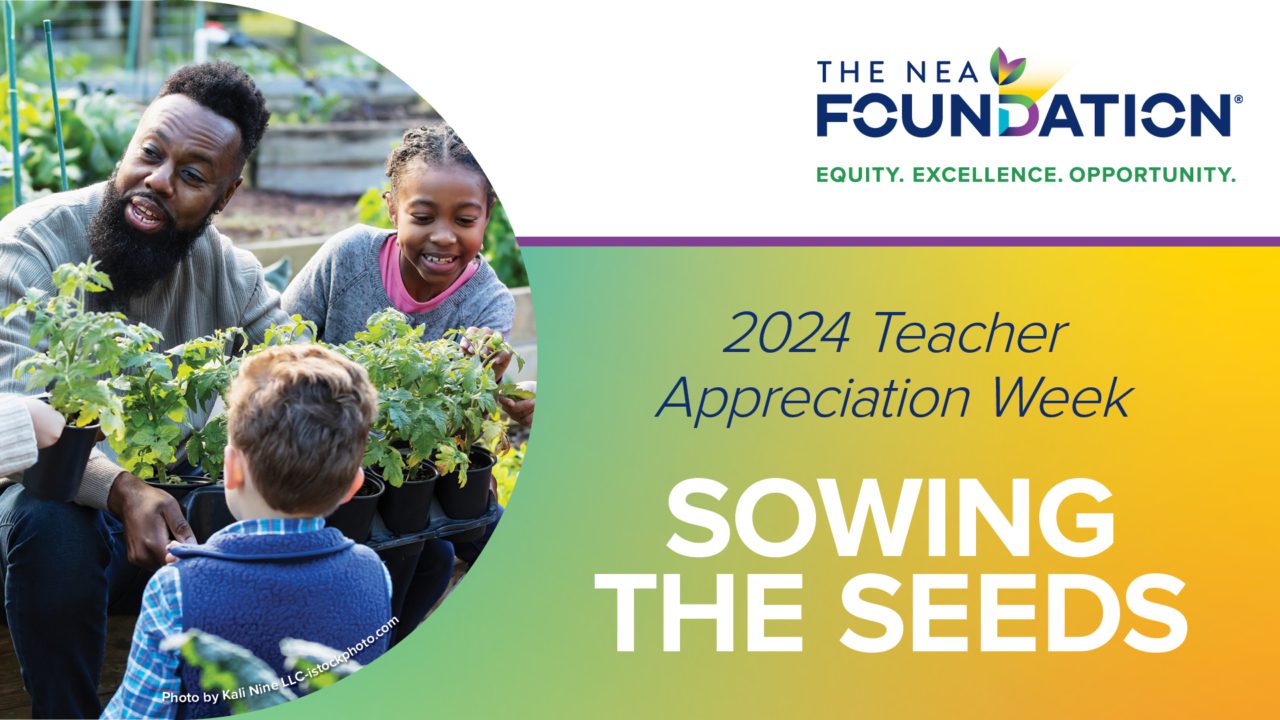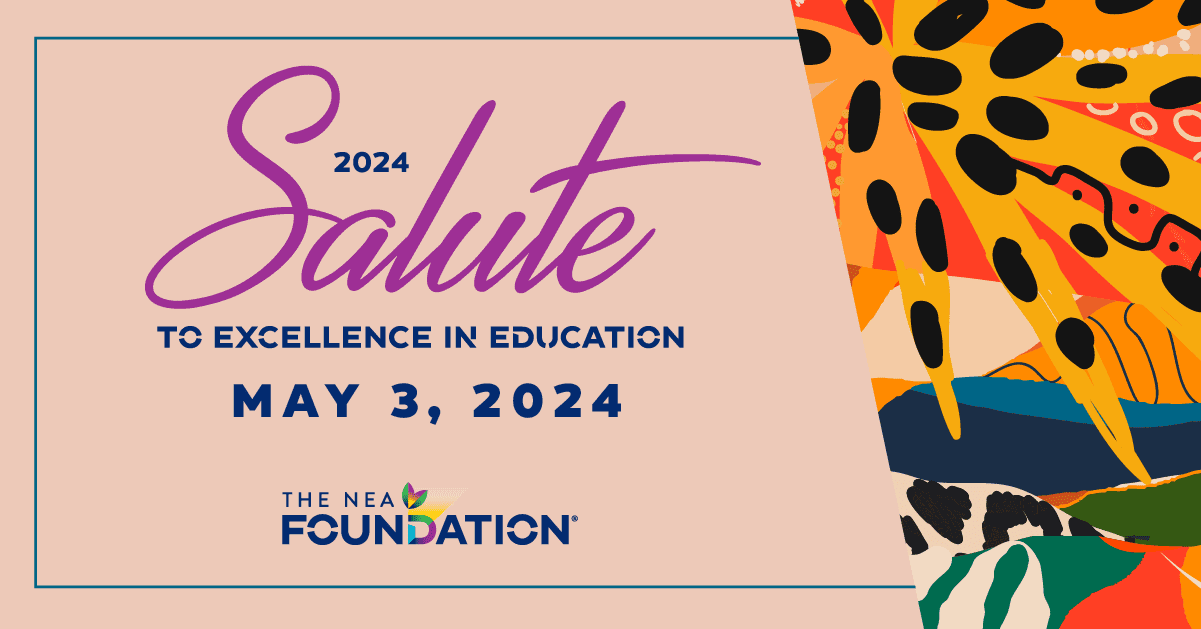September marks the start of the NEA Foundation’s matching funds given to NEA members’ requests for classroom materials on DonorsChoose.org.
Have you posted yours yet? Read our step-by-step instructions for posting. And meanwhile, find a classroom in your hometown, a subject area, or a grade level, and show your support!
Need classroom project ideas? Here are five ways to get your elementary students excited about reading.
1. Bring Stories to Life with Puppet Theater
A puppet theater is not only a fun— it offers a safe place to foster creativity and delve into literacy, character analysis, and perspective.
Fifth grade students in Ms. Adamson’s Title I, North Carolina classroom do not often get to enjoy cultural experiences like going to the theater. So, Adamson brought the theater to them.
Her students take on leadership roles and get to perform some of their best-loved stories and songs. From time to time, even faculty and staff members have joined in on the action.
What’s a “book nook”? A bookcase turned highly-organized storage system. A nook can be an inviting environment for students to browse and enjoy their favorite books without digging through a messy stack.
Ms. Dillon’s class of special education students in Maryland need to have a routine and know where to find the books they love. What’s more, many of them come from low income families without access to books at home.
They happily took on the job of putting the books back in the correct sections, which helped them learn how to stay organized and treat their school materials with care.
Remember when you started reading chapter books? You may not have always read at the same level as your classmates. So, how do educators both encourage a struggling reader and challenge a skilled reader at the same time?
Try a listening center! Mrs. Sneller got creative with her third grade, Oregon classroom during their small-group reading time.
Her listening center supplied grade-level and beyond audio books. It also supplied one book for each group member that could act as a stepping stone to their next reading level.
4. The New Age of Mother Goose
Welcome to the new age, where cell phones, iPads, and video games reign, and old Mother Goose desperately needs a facelift.
Or at least that’s what Mrs. Pacheco thought. She requested the interactive Mother Goose Nursery Rhyme CD-ROM library with corresponding leveled books for her all-day pre-kindergarten class at a high poverty school, made up of mostly English language learners.
And she was right. Her students enjoyed the classic nursery rhymes and stayed engaged through technology. Most importantly, they practiced the repetitive sounds that are crucial to learning to read, were introduced to narrative, and developed language, listening, and social skills.
Can you picture the excitement on your students’ faces when you announce that today is Poetry Friday?
Mrs. Reitnauer’s school in Pennsylvania began Poetry Friday readings during regular morning announcements. Inspired, she decided to include poetry in her kindergarten through fourth grade classrooms, to prepare for the switch to Common Core Standards.
New additions to the school’s library of poetry books by different authors enriched her students’ appreciation for poetry and helped Mrs. Reitnauer get poetry into the hands of all her students— those on the Autism spectrum, the learning-supported, the gifted, and the severely-handicapped alike.

